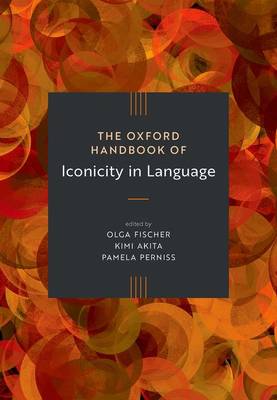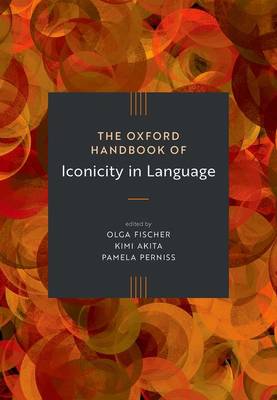
- Afhalen na 1 uur in een winkel met voorraad
- Gratis thuislevering in België vanaf € 30
- Ruim aanbod met 7 miljoen producten
- Afhalen na 1 uur in een winkel met voorraad
- Gratis thuislevering in België vanaf € 30
- Ruim aanbod met 7 miljoen producten
Zoeken
€ 290,45
+ 580 punten
Omschrijving
The Oxford Handbook of Iconicity in Language offers a comprehensive guide to the role that iconicity - resemblance between form and meaning - plays in all modes of languages, on all levels of language, and in all aspects of language. The originally semiotic notion of iconicity has gained widespread attention beyond the field of linguistics; this volume thus brings together research exploring a wide range of topics in iconicity from different perspectives. It explores the history of iconicity and its place in linguistic theory, in particular how the idea of iconicity has developed over time and how it has recently begun to once again influence thinking and theorizing about language. By presenting a very broad spectrum of iconicity, the chapters provide greater recognition of its influence and present a clearer picture of its scope across the languages of the world. They also offer a critical discussion of the notion of iconicity, as its parameters, dimensions, and operationalizations are not always easy to define. The volume will appeal to linguists of all theoretical persuasions, but also to a wider audience outside linguistics proper, including researchers and students in the fields of literature, philosophy, psychology, and cognitive science.
Specificaties
Betrokkenen
- Auteur(s):
- Uitgeverij:
Inhoud
- Aantal bladzijden:
- 1040
- Taal:
- Engels
- Reeks:
Eigenschappen
- Productcode (EAN):
- 9780192849489
- Verschijningsdatum:
- 16/04/2026
- Uitvoering:
- Hardcover
- Formaat:
- Genaaid
- Afmetingen:
- 171 mm x 246 mm

Alleen bij Standaard Boekhandel
+ 580 punten op je klantenkaart van Standaard Boekhandel
Beoordelingen
We publiceren alleen reviews die voldoen aan de voorwaarden voor reviews. Bekijk onze voorwaarden voor reviews.








